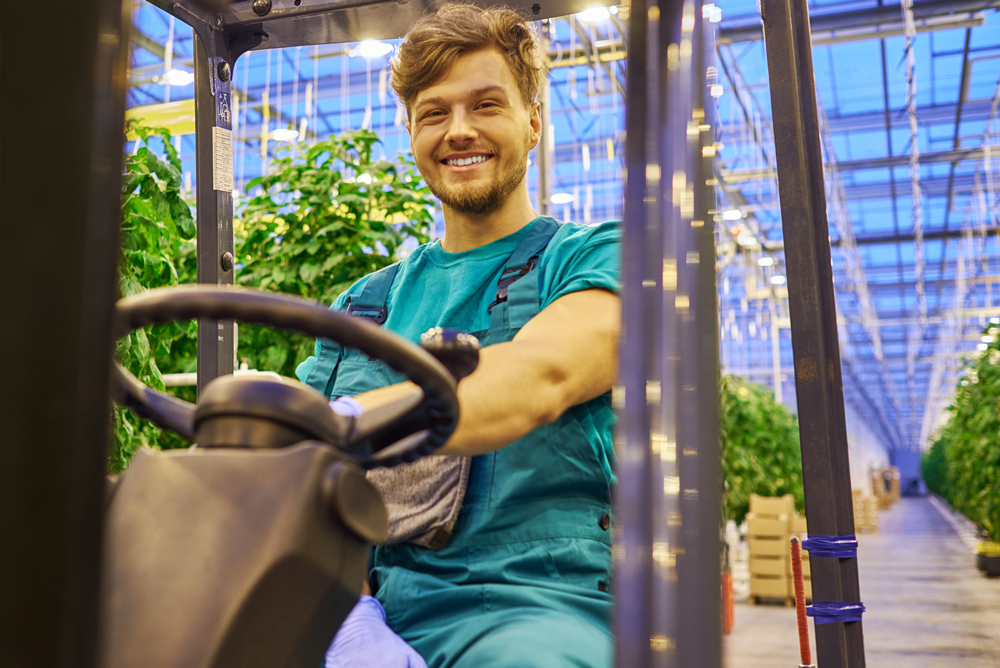Automation Compatible Containers are Critical for Operational Success

Automation equipment is becoming a popular choice for growers struggling with labor shortages. But it’s important to remember that not all growing containers are created equal. If you’re not using automation compatible containers with your new state-of-the-art equipment, you run the risk of internal damage which may not be covered under the manufacturer’s warranty.
What Makes a Growing Container Automation Compatible?
Automation compatible containers should have uniform spacing between the container rims when stacked and a defined round or square rim for automated de-stacking tools to grab for easy denesting. If there’s not enough space for the automated flange, lugs or spool type strippers to grab the rim, you run the risk of pulling multiple containers into the machine all at once, with the loose containers becoming jammed in the equipment.
If you are planning on using automated handling equipment such as fork systems, you will want to make sure that the rim protrudes far enough from the container body so it can securely rest on the tines. Many fork systems typically recommend rims that protrude 3/8 to a 1/2 inch.
Additionally, a sturdy side wall construction is necessary in order to withstand the force of the automated equipment (especially helpful on conveyers). If the walls are too thin, they can often crush under the machine’s pressure.
Blow mold containers, while a popular choice for nursery growers in the field, are not ideal for use with automated equipment. Their thin, side wall construction and ribbing causes challenges with denesting equipment and conveyor tables, and the absence of a pronounced rim prevents them from being used with fork systems.
Injection containers on the other hand are a solid choice for automated equipment. Injection containers are manufactured with thick side walls and heavy bottom construction to withstand the force of automated machinery, and sturdy, protruding rims provide excellent support for automated handling equipment, as well as seamless denesting.
For growers familiar with thermoform containers, they do pose some limitations you must consider before implementing. While they are promoted as automation compatible containers, thermoform containers are not an ideal choice for dispensing equipment based on denesting challenges, but can be used with fork systems if the rims protrude sufficiently.
It’s important to remember that thermoform containers are traditionally lighter weight for a lower cost, which means they may not be able to endure the physical demands of some automated equipment (such as pruning, pot washing and top dress tasks).
Another thing to be aware of is the shift from de-stacking automation (mentioned above) to suction type pot destacking equipment. In this application, a small suction cup grabs the bottom of the pot directly in the center – dropping or flipping it into the corresponding tray (or conveyor system) as part of the production line. If your automated equipment has this new technology, it’s important that the bottom center of the pot be completely flat, otherwise the machine will be unable to properly grab the container. This is important to remember when purchasing containers with “feet” designed for water mat and other unique irrigation practices as there may not always be enough surface area for the suction cup to grab on to.
Investing in automated equipment can be scary, but as long as you do your homework and make sure you’re using automation compatible containers, the benefits will be plentiful.
Need nursery containers?
Browse our full line of blow mold, thermoform and injection containers.
Browse Products

 Find the Perfect Planter
Find the Perfect Planter